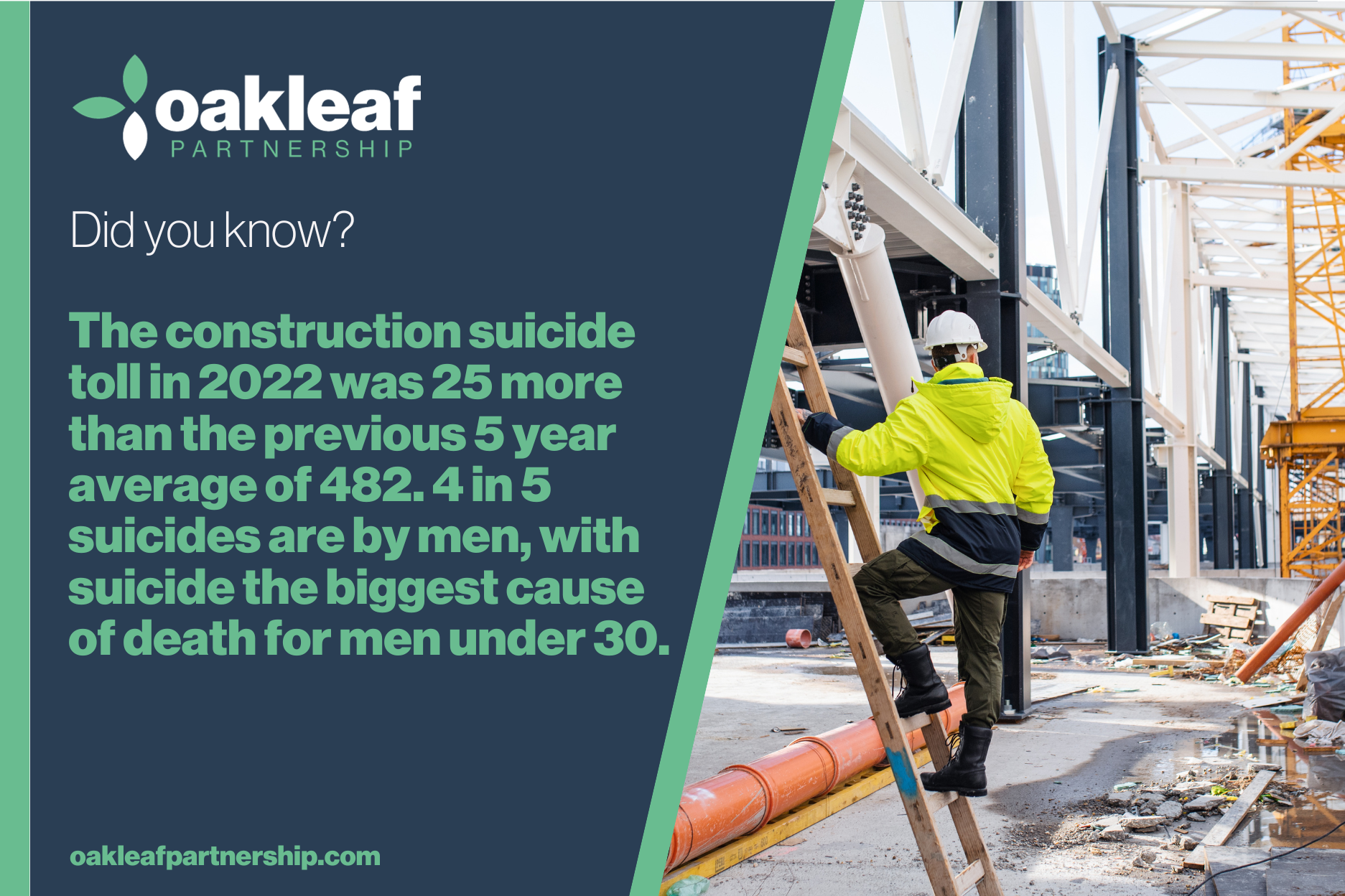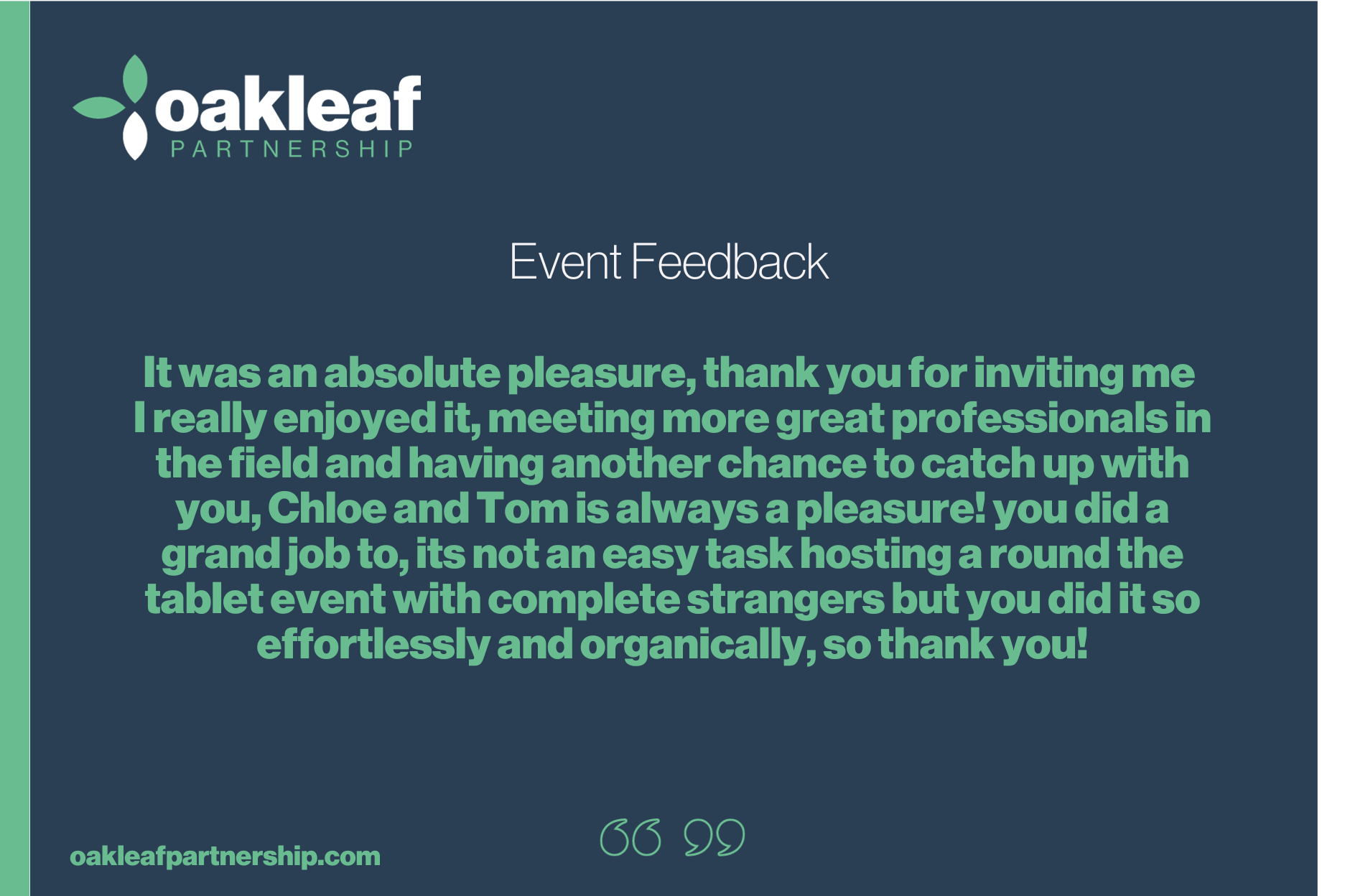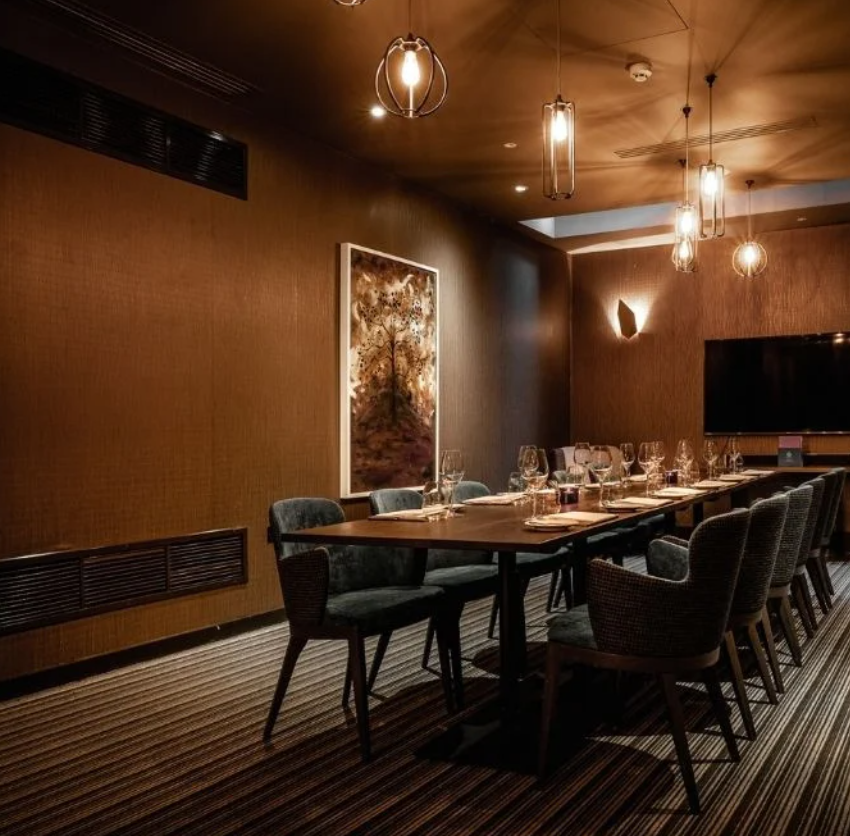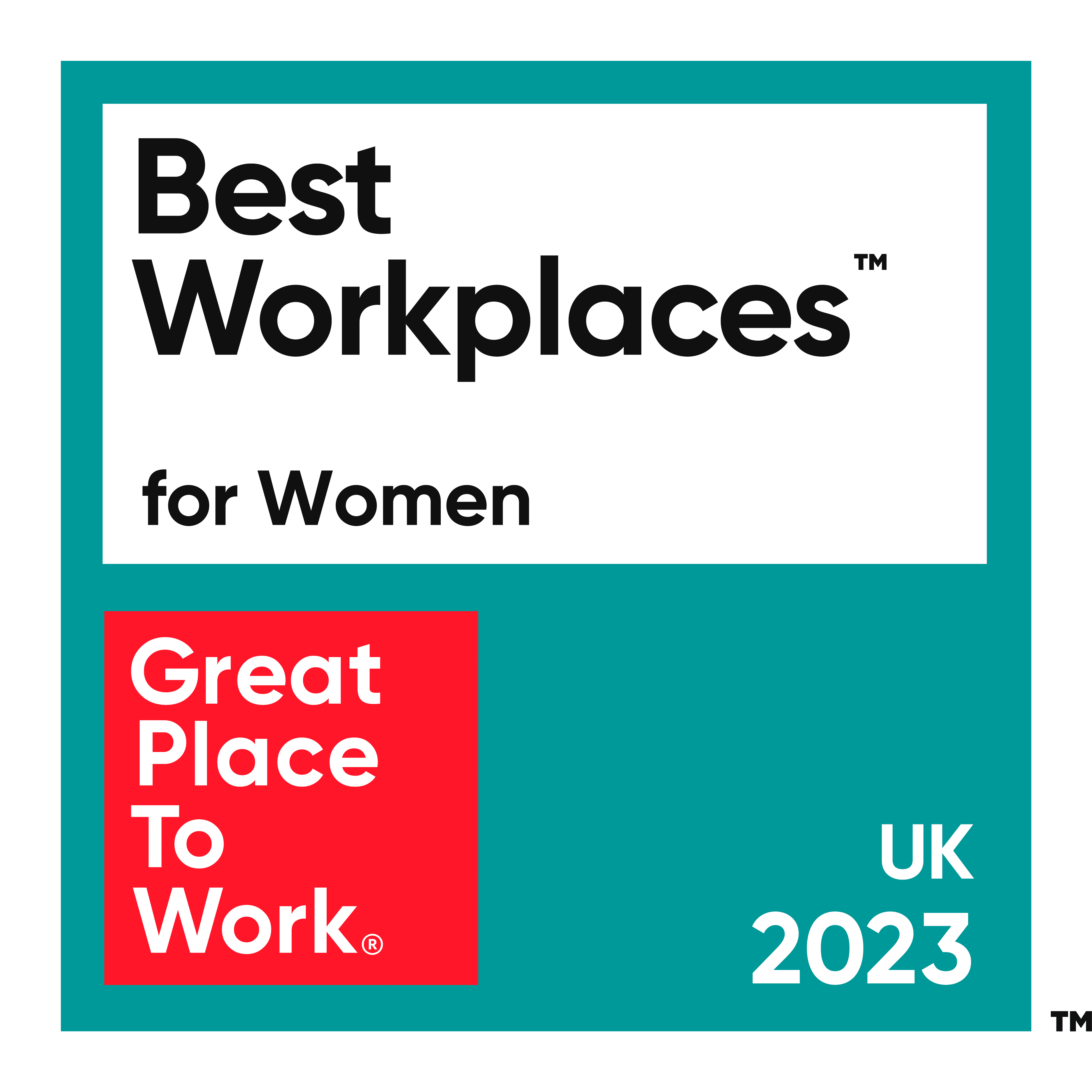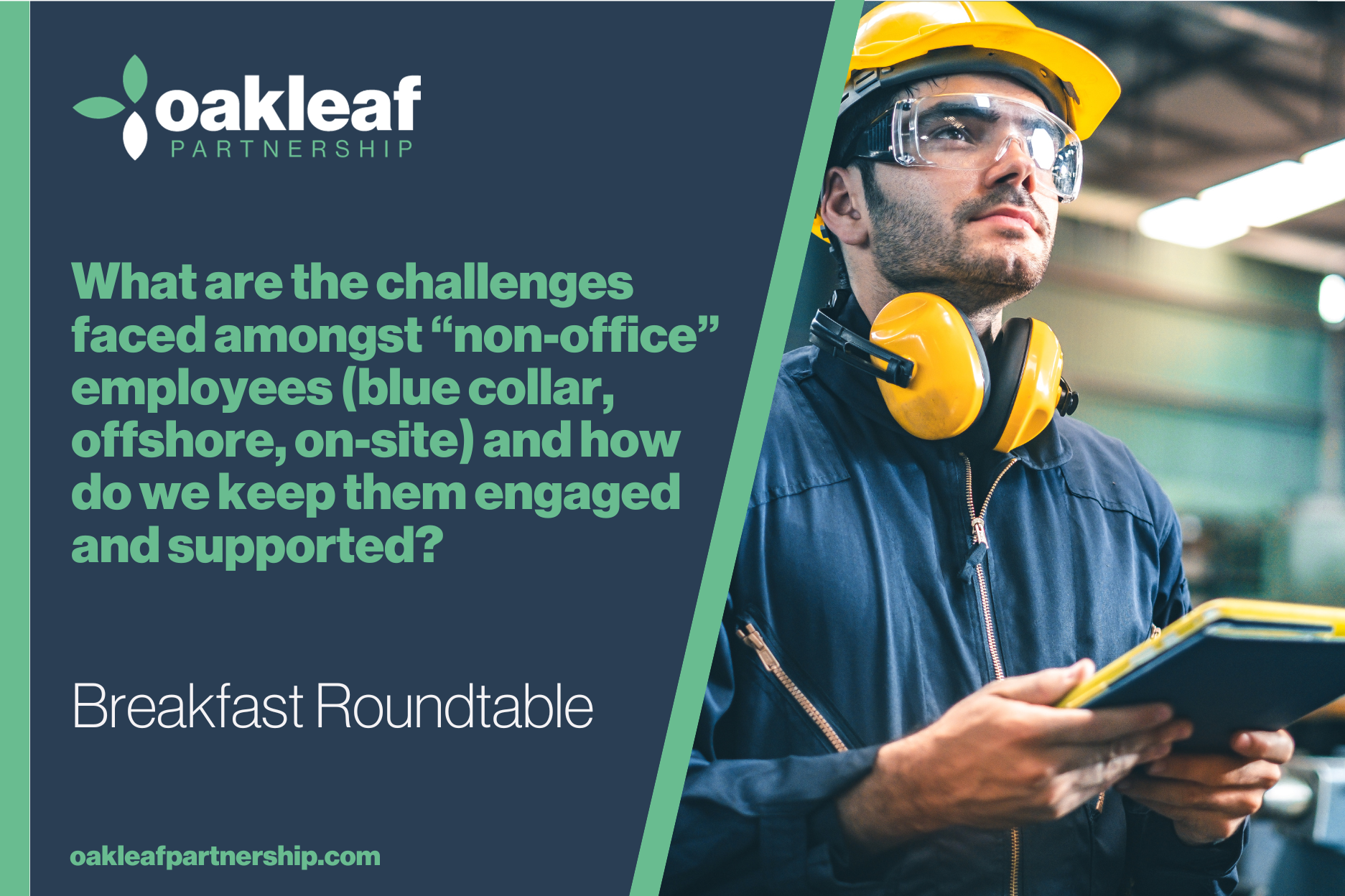In November we hosted our Industry and Science Breakfast Roundtable. Our clientele includes engineering, oil & gas, construction, manufacturing, logistics, transport and more. The way we describe “industry and science” here at Oakleaf is anything that is big, heavy and gets you dirty”.
I was talking to one of our construction clients over a coffee, and we came onto the topic of suicide rates amongst construction workers, which is a lot higher than office-based staff. This got me thinking, and I had a chat with the rest of the team, with our wider network and found that engaging a blue collar or “non-office” based work force is a shared challenge amongst many of our clients. Construction workers, onshore workers, warehouse operatives, (the list goes on), it is too easy to forget the employees that are out of sight. Employee engagement is for all employees, not just those who are seen on a day-to-day basis in an office.
14 of us met at the beautiful M restaurant in Threadneedle street, and the introductions and networking commenced. Our topics for the roundtable were:
- Discussing the challenges faced amongst “non-office” employees (blue collar, onshore, on-site) and how to keep them engaged and supported.
- Best practices to empower individuals to take action and prioritise their wellbeing.
- The most effective ways of signposting relevant communication to a blue-collar workforce.
- Discussing and comparing data, frameworks, campaigns and relevant groups.
As we discussed, we found that the main challenges started with engaging line managers and ensuring they have the skillset to feel comfortable to have these conversations. Also, the diverse workforce demographics and the challenges with trying to reach these workers who have no access to a PC, for example, drivers in a van, construction workers, engineers, onshore workers, sub-contractors. Some of us found that opening conversations and getting a non-office-based workforce to talk full stop was the main struggle.
What are some of the solutions that we discussed?
- In an office, we have access to a coffee machine and other comforts. Often on site this is forgotten, therefore having food and drink on site is important. Similarly for onshore workers, facilities on site including gyms and barbers need to be prioritised.
- One of our global construction clients introduced an initiative for complimentary barbers on site to get people talking in an informal setting. Another encourages workers to take a “time-out” to go and speak to someone new and start a conversation as a way of opening a natural conversation.
- Having enough relevant Mental Health First Aiders throughout the business and sending out frequent enough anonymous feedback surveys. Training of line managers and Including Wellbeing under Health & Safety to ensure managers are measured on that element toward any bonuses to encourage managers to take a more proactive approach.
- One solution that I found particularly interesting is the use of the “15Five APP” – com’s is sent directly onto workers and drivers PDA’s. For example, a message such as “how are you feeling on a scale of 1/10 today?
- Mental Health awareness discussions m in morning toolbox talks and occupational Nurses on site
- Ensuring that coms is inclusive, moving away from huge paragraphs. Keep it simple, make it visual and inclusive for all (not just those who are used to daily reading)
Conclusion:
The importance of this topic starts right from the recruitment process, ensuring we are setting the correct tone from the very beginning (this includes recruitment agencies or strategic partnerships). Making sure an inclusive environment that prioritises wellbeing is always at the front of the agenda, and creating a space where people can speak up.
Data from surveys, different technology and feedback must be used to monitor employee satisfaction and then of course; making changes from the feedback and creating action plans. If you can’t physically change something, that is ok, be transparent and communicate!
